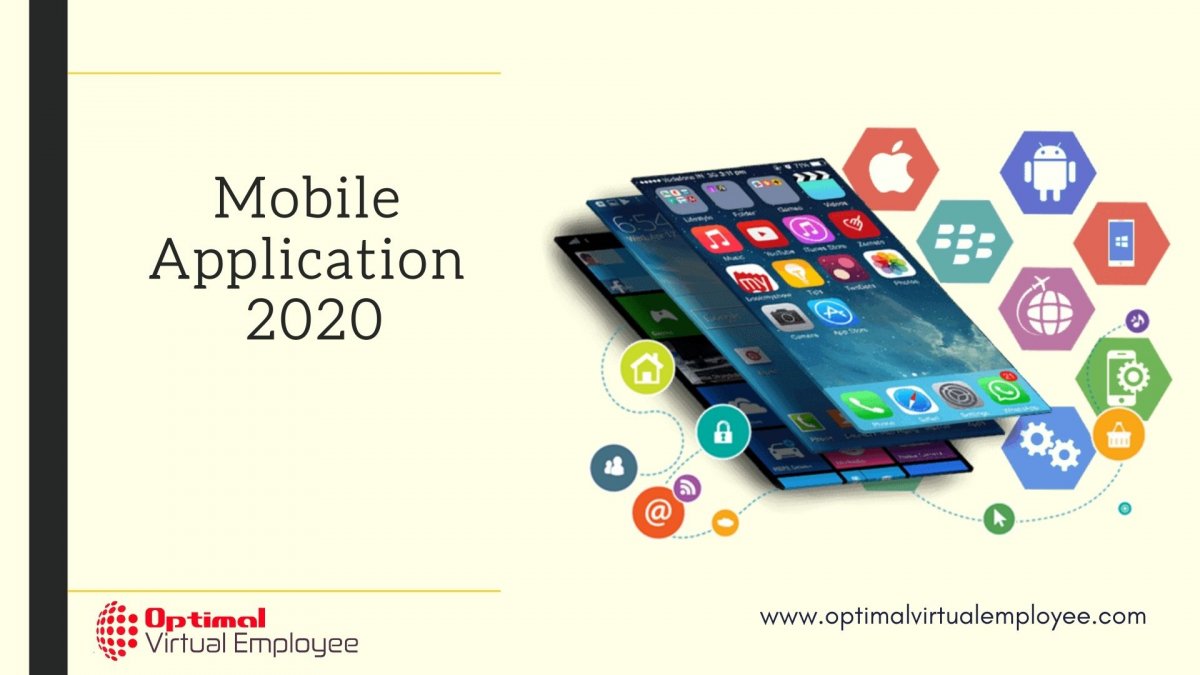Businesses that build relevant apps, please their customers…
- Are you a small business trying to build brand awareness? Go for mobile app development.
- Or Are you a big jbusiness trying to deliver personalized content? Let mobile apps be your friend.
Right from boosting customer engagement to increasing sales, building mobile apps is a go-to solution for businesses trying to make their mark. However, there is no denying the fact users are spoilt for choice when it comes to app options available to them. As of Q2 of 2019, there were 2.46 million apps on Google Play alone. Given such intense competition, businesses struggle to find a competitive edge on the crowded app market.
We at OVE believe that keeping up with the latest technology trends in the world of mobile app development is the only way to stay relevant in these competitive times. In this article, we discuss new technologies to adopt in mobile app development 2020:
New Technologies to Adopt in Mobile App Development in 2020
- Blockchain Technology
The market for blockchain technology will hit $20 billion by 2024, according to a GlobalNewsWire Report. These are welcome numbers for the mobile app development industry that seeks to capitalize on the growing trend. The latest technology on the circuit is famed for creating decentralized databases that are resistant to hijacking and frauds.
Mobile app developers must integrate Blockchain into their apps to secure mobile payment transactions or to access the network by generating tokens used for authentication. It helps in averting unauthorized access and hacking attempts on apps that involve monetary transactions with its decentralized database. Microsoft’s blockchain-based framework called Coco can streamline the adoption of the technology for Blockchain based custom mobile app development.
- Wearables
The global wearables market in the healthcare segment is expected to reach USD 19.5 billion by 2025. The advent of wearable technology is gradually transforming how the healthcare, entertainment, fashion, fitness, education and transportation industry function. Wearables are smart electronic devices with microcontrollers that can be worn as implants or accessories. Wearables add feasibility and ease to the lifestyle of the users.
Since most of the wearables come with features similar to mobile phones, it’s an emerging trend in the field of mobile app development. It’s time for mobile developers to polish their UI design capabilities by developing apps for wearables that need to be highly modular and user friendly. What started as a trend in lifestyle space is being adopted as an enterprise app that increases business productivity and accelerates workflow. Google’s Android Wear is a wearable app development platform that intends to optimize app UX for wearables.
- Beacon Technology
Beacons are essentially small wireless transmitters that use Bluetooth technology to send signals. They can be used to notify mobile app users about updates, as and when they walk into a particular vicinity. Integrating the use of beacons technology in mobile apps can help with proximity marketing. Mobile apps built with beacon technology can help businesses reach out to customers that are in the vicinity of their retail establishments.
Using data like no. of visits of the user, their preferences and radius of the zone can be used to optimize store walk-in through beacon-based mobile app development. App developers must build apps enabled with power measuring to precisely analyze an app user’s location and the distance between them and the establishment.
- Accelerated Mobile Pages
Slow loading pages are one of the chief deterrents that drive users away from apps leading to massive churn rates. Accelerated Mobile Pages (AMP) offers an ultra-light standard for web pages that can quickly be loaded in less than a second on a mobile device. Mobile app developers can integrate accelerated mobile pages to improve their app load time and UX. Businesses can develop heavy web pages and websites with high-quality performance, quick loading speed, and lower bounce rates across all mobile devices by adopting the AMP approach.
- Chatbots
2020 will have more app businesses counting on chatbots for striking conversion-inducing conversations with app users. Chatbots are powered by NLP/NLU and mimic humans when it comes to exchanges. They attempt to understand user intent and send across responses based on business rules and data available. Integrating chatbots into mobile apps helps app developers engage app visitors and boost conversion rates. They are a revolution when it comes to improving customer service through mobile apps.
AI advancements, when paired with Chatbot integration, brings better visibility for the app through outstanding UI possible, boosting the reliability factor. It fosters mobile app personalization through accurate recommendations and localization. Mobile app development with chatbots can change the way businesses provide services, execute sales processes and perform in the marketing arena.
Conclusion
When it comes to mobile app development, businesses that rely on outdated trends and technologies risk suffering massive losses. Sticking to all the current technological advancements in the app world ensures high-quality mobile apps that remain relevant to the times. We hope you’d embrace the new technologies for mobile app development in your app-building process and reap its benefits in terms of ROI for your business.
So far, 2020 has been kind enough to off-shore mobile app development teams who have worked seamlessly to deliver app development projects on time. For us at Optimal Virtual Employee, we have used this time for skill-building and keeping abreast with the latest technological trends around the app world. Feel free to connect with us for the best mobile application development solutions.









